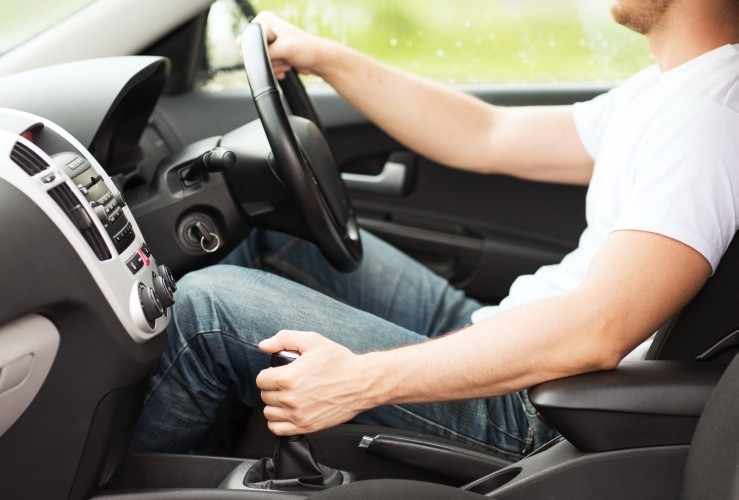Most drivers take the clutch in their vehicle for granted. It's just something they use every time they want to change gear, but it's important to bear in mind that the clutch gets just as much use as the steering wheel or the wheels themselves. After all, if these were becoming loose or getting worn, you'd find a replacement, so why doesn't the same attitude apply to the clutch?
To reduce the chances of a new clutch being required, there are a few simple steps you can take to make sure it remains in the best possible condition.

1. Top up your clutch reservoir
A car's clutch cannot work properly if there is not enough fluid in the clutch reservoir. This can be found under the bonnet and needs to be kept at a reasonably high level to ensure the vehicle is safe to drive. The fluid level should be just below the cap of the reservoir. If it isn't, it simply needs topping up with more brake fluid.
If you feel that you're doing this too often, contact a mechanic to check your vehicle over to make sure there isn't another underlying problem.
Without a sufficient amount of fluid, you may not be able to press down on the clutch pedal, putting yourself in a dangerous position if you cannot change gear in the event of an emergency.
Therefore, it is recommended that the clutch fluid is replenished thoroughly for every 20,000 km that a car travels.
2. Use your handbrake on hills
Hill starts are the bane of every learner driver's life, with many still doing all they can to avoid them after they pass their test. But by using the handbrake and not just relying on the clutch to keep your place on a slope, you can save your clutch from excess wear and tear.
Revving too much can result in the clutch pedal becoming worn and ineffective, so it is important to put the handbrake on where appropriate to assist with a smooth uphill start.
This tip doesn't just apply to driving up hills, you need to make sure you aren't overusing the clutch at any point while behind the wheel, as this can lead to a build-up of heat, potentially causing it to burn out completely.
3. Beware of slips
A clutch slip refers to the situation whereby the pedal slips out of the place it should be situated in. Signs of this to look out for include not having to exert much effort to change gears, having to place your foot in a different position when driving, a burning smell from the engine or noticing an apparent alteration in engine power.
These factors could mean you cannot place the amount of pressure needed on the clutch to drive the wheels with the right level of power, which could result in an accident.
4. Listen out for strange noises and movements
You know what's normal for your car, so make sure you listen to it. Judders, strange noises and jolting movements can all be signs that the clutch needs fixing, so pay attention to anything that doesn't feel right when you're changing gear or parking up.
Always get a second opinion if you're not 100 per cent happy with the sound or feel of your car - it's better to be safe than sorry.
5. Invest in a replacement
Having to shell out for a replacement clutch may not be an ideal scenario, but you need to make sure your car is in the most roadworthy condition possible to keep not only yourself, but other road users safe.
startrescue.co.uk is a leading car breakdown cover specialist giving peace of mind to thousands of motorists every year! As well as giving you the protection you need out on the roads, you’ll find we have some of the most competitive prices in the market. Find out more.




